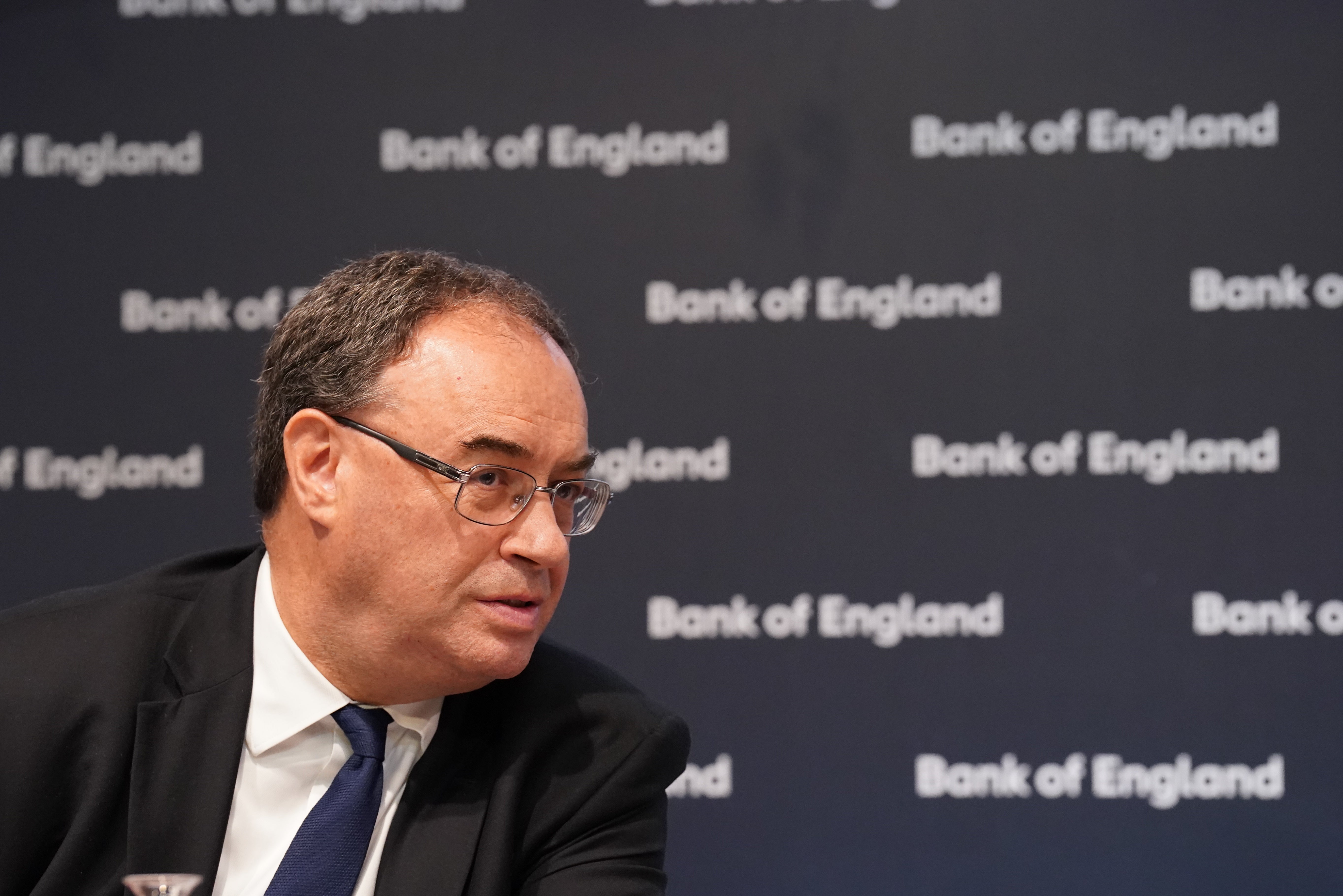Despite rising rates the Bank of England is making it easier to get a mortgage. Has it lost its mind?
Easing affordability tests isn’t as risky as it might seem to be, given the way the market has moved, writes James Moore. The bigger problem for the housing market is Tory plans to increase demand


Just days before what looks set to be the biggest interest rate rise in 27 years, perhaps up to 11 per cent, lenders have been told they no longer have to check if their mortgage borrowers can afford higher rates by the Bank of England.
That’s right. The body that sets Britain’s interest rates is telling banks and building societies that they no longer have to worry about them.
Has someone been at Threadneedle Street’s water supply? Is this a dastardly Kremlin plot to destabilise the UK’s financial system? Perhaps not.
Let’s look at what led to these tests being brought in. The Bank initially ordered lenders to assess whether borrowers could cope with higher rates after the 2008 financial crisis, when cavalier lending – and the cavalier bonds sold to the world’s financial institutions on the back of it – nearly brought the global financial system crashing down.
Rates had been much higher in the run-up to the crisis. They hit 5.75 per cent in July 2007 and were still at 5 per cent in April 2008, when banks were in the process of forming a disorderly queue with their caps out in front of the taxpayer.
By February 2009, however, they had tumbled, to just 1 per cent.
At the time, it seemed eminently sensible for regulators to demand that lenders gauge whether their customers would be able to cope if rates went back the other way at a similar speed in the new era of “responsible” lending they wanted to usher in. The cry of “never again” was repeatedly heard, and justifiably so.
History, however, tells us that rates continued to fall, with borrowers benefitting from more than a decade of dirt-cheap borrowing.
They hit an all-time low of 0.1 per cent in March 2020, just over two years ago. Those tests were looking superfluous and might have hurt people who would otherwise have been able to secure homes of their own along the way.
Even though rates are now surging, it’s worth bearing in mind a few salient points. First off, the mortgage market has changed. One might even say that it has grown up. At least a bit.
Fixed-rate deals have become increasingly popular, particularly longer-term fixes of five or even 10 years. The former, at least, often aren’t that much more expensive than two- or three-year deals. The 10-year tie-ups have, meanwhile, become more competitive and customers have started to see the value in having cost certainty.
These fixes insulate the majority of borrowers from rapid changes in interest rates. True, what’s currently going on is going to hurt people if their cheap five-year fix is now coming to an end with base rates jumping like a juiced pole vaulter.
But mortgages tend to impose their greatest burden on borrowers in their first couple of years. While the financial pain that’s going to be endured by those who are now renewing fixes shouldn’t be underestimated, most should be able to cope without finding the bailiffs at the door.
Another thing to remember is that dropping the “interest rate test” doesn’t mean affordability checks have been thrown out the window. Lenders have other tests they have to perform. These include considering the impact of soaring energy bills on borrowers’ finances, for example.
The Bank isn’t creating a free-for-all. And just because it says lenders can drop one of its tests doesn’t mean that they will – particularly those of a conservative mindset with high credit ratings to protect.
Its timing still looks awful.
But the biggest danger to the housing and mortgage markets, and to the wider economy, isn’t coming from Threadneedle Street at all.
What dropping the rate test might do is make it a little easier for those people most likely to fall afoul of it, like self-employed workers, and small business owners, to secure mortgages. That’s a good thing in one respect – they deserve their chance at home ownership as much as anyone else does.
The flip side is it means more people in the market, and thus more demand, at a time when there is already a desperate shortage of supply. However, their numbers will probably be small.
This could be poised to change, and not in a good way. Both Tory leadership contenders have been talking about home loans and how they would like to make it easier for people to get them. That’s fine and dandy. But neither wants to address the issue of supply. On the contrary, Liz Truss wants to scrap targets for new home building and Rishi Sunak wants to curtail building on green belts.
If you want to know where the next housing-related car crash is coming from, it’s perhaps more likely to be that, not the Bank of England dropping one of its affordability tests.






Join our commenting forum
Join thought-provoking conversations, follow other Independent readers and see their replies
Comments